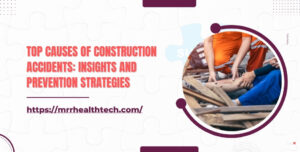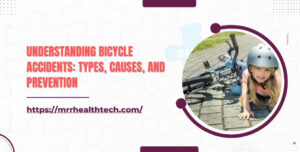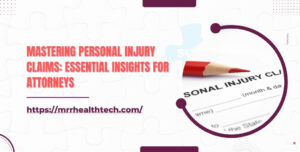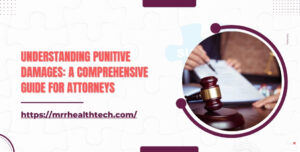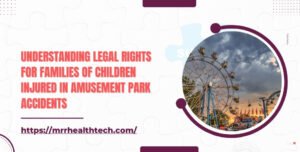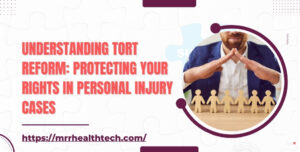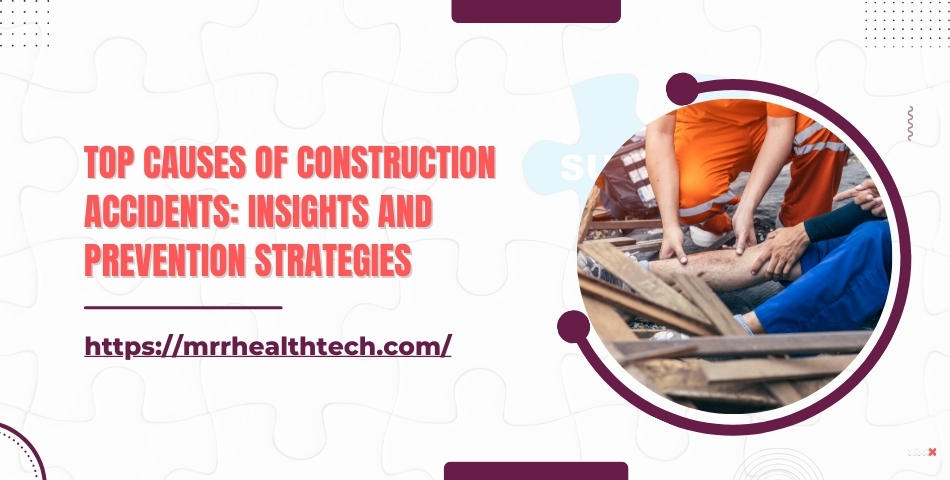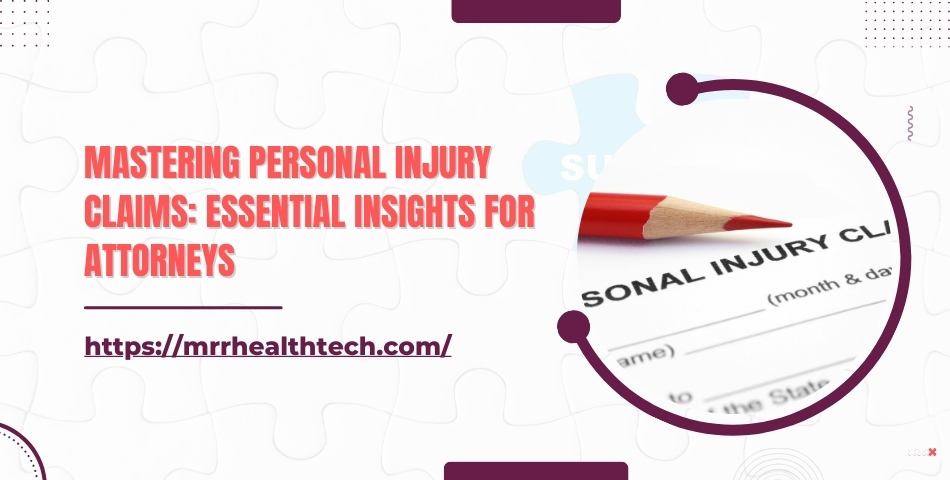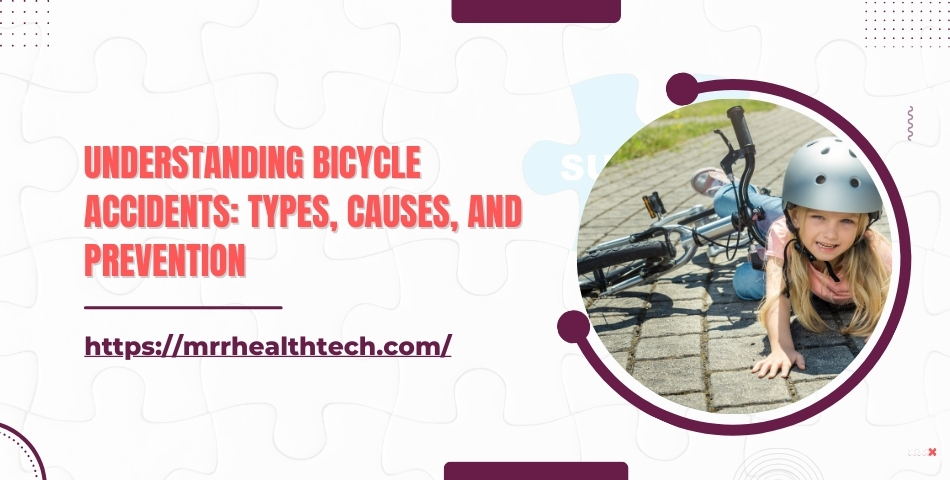
Introduction
The issue of bicycle accidents is of great importance today since more people are cycling for recreation and as a mode of transport. It is particularly important to comprehend the different types of bike accidents that take place, the causes for such accidents, and the means to prevent or reduce such accidents, especially now that cycling has become more popular during the Covid pandemic. This article seeks to achieve a full understanding of bicycle accidents based on an analysis of the role medical record review services perform for attorneys in America.
1. The Rise of Bicycle Riding
Statistics on Bicycle Usage
In America, the practice of cycling is gaining more and more acceptance as can be gauged from the recent figures that indicate over 52 million Americans are active cyclists. This number has certainly gone up due to the pandemic as many people are looking for activities that can be done outside while still social distancing.
Impact of the COVID-19 Pandemic
As reported on Peopleforbikes.org, at least 4% of the population in the US took to biking for the first time during the pandemic. The increase in cycling has brought more attention to safety and accident prevention measures.
2. Common Types of Bicycle Accidents
Overview of Different Accident Types
Bicycle accidents are a specific kind of accident. Each of which, bears distinct features and possesses specific causative factors. Understanding these types is important for both cyclists and legal practitioners.
Detailed Analysis of Each Type
• Single Bicycle Falls: Loss of control while riding a bike is the most common type of accident that takes place. Close to 50% of bikers encounter a mechanical breakdown or severe weather details which result in falling off.
• Bicycle-Motor Vehicle Accidents: 20% of motorcycle accidents result from other collisions and include crashes with bicycles. Most of the time it happens as a result of the cyclist being invisible to the driver.
• Dooring Accidents: A parked vehicle which has its rider’s side door opened can cause the adjacent cyclist to experience grave injuries.
• Intersection Accidents: Carrier cyclists collide at non-signalled junctions that do not have any traffic signs. The cause of the accident is the ambiguity concerning the order of passing the intersection.
• Pedestrian Accidents: Accidents may involve a bike and pedestrian. This occurs frequently while driving on sidewalks or in a crosswalk.
3. Causes of Bicycle Accidents
Common Causes and Contributing Factors
• Inexperienced Cyclists: Most unskilled riders tend to cause more accidents due to shortcomings in knowledge of how to ride and properly respect the road whilst doing so.
• Environmental Hazards: People tend to get into accidents because of the state of the road. Examples include potholes and litter.
• Driver Inattention: In is often observed that a lot of accidents are caused with negligence of some drivers towards cyclist giving them the right of way.
Role of Environmental Conditions
Rain and snow can cause the roads to become slippery and foggy for vision which may lead to accidents.
4. Injuries Sustained in Bicycle Accidents
Most Common Injuries
Bicycle accidents can result in a variety of injuries, including:
• Head Injuries: Several forms of head injuries are very common like concussions, traumatic brain injury especially in those who do not wear a helmet.
• Fractures: Broken bones are certainly common, especially to the extremities resulting from falls and crashes.
• Soft Tissue Injuries: Laceration, contusions, and simple injuries are frequent in bike crashes.
Long-term Effects of Bicycle Accidents
Bicycle accidents are injurious, both physically and mentally. These injuries are most likely to impact the personal and professional life of the victim for years to come.
5. Legal Considerations for Bicycle Accidents
Understanding Liability
Determining liability in bicycle accidents can be complex, involving factors such as traffic laws, road conditions, and the actions of both the cyclist and the driver.
The Role of Medical Record Review in Legal Cases
For personal injury litigation, a medical record review solves the niche problem of providing a detailed account of the injury and subsequent medical care that helps attorneys build their case for effective rehabilitation. This is important for assessing the level of injuries sustained and the effects it has put on the life of the victim which greatly affects court settlements and trials.
6. Preventive Measures for Cyclists
Safety Tips for Riders
To reduce the risk of accidents, cyclists should adhere to the following safety tips:
• Helmet: Protect your head with a well fitted padded helmet at all times while cycling.
• Lighting: Bikes ridden during the night or at places with low visibility have to be fitted with lights and reflectors.
• Cycling Laws: Stop at traffic signs and wait for green lights. Always ride with the traffic flow.
• Attentive: Keep noticing your environment-shifting attention to other vehicles and pedestrians as well as changes to the road itself.
Importance of Proper Equipment
Investing in a well-fitted bike and maintaining it regularly can prevent mechanical failures that lead to accidents. Cyclists should also consider wearing appropriate clothing and gear to enhance visibility and comfort.
7. Case Studies
Case Study 1: Urban Bicycle Accident
Overview of the Case: A cyclist was hit by a car at a busy intersection in the city.
Challenges: The car driver insisted the cyclist did not obey traffic rules and claimed that they were to blame for the accident.
Solutions Provided: Through the attorney’s investigation, he was able to access traffic cameras which provided footage of the events and also accessed the medical records that showed the injuries suffered by the cyclist with the negligence the driver displayed by not respecting the medical aid.
Case Study 2: Rural Bicycle Collision
Overview of the Case: A cyclist collided with a pick-up truck on a country road.
Challenges: The pick-up truck driver claimed that the cyclist was on the opposite side of the road on which he was supposed to be.
Solutions Provided: The attorney collected medical records and witness accounts that established that the cyclist did obey and follow the traffic laws and that there was a case of distraction by the driver.
8. Conclusion
It is important for cyclists and for legal representatives to have comprehensive knowledge about bicycle accidents, both with respect to their nature and scope as well as their consequences. By utilizing the review of medical documents, attorneys are able to advocate for the client more effectively. Preventive action must and can be taken to mitigate the number of bicycle accidents and make the roads safer.

